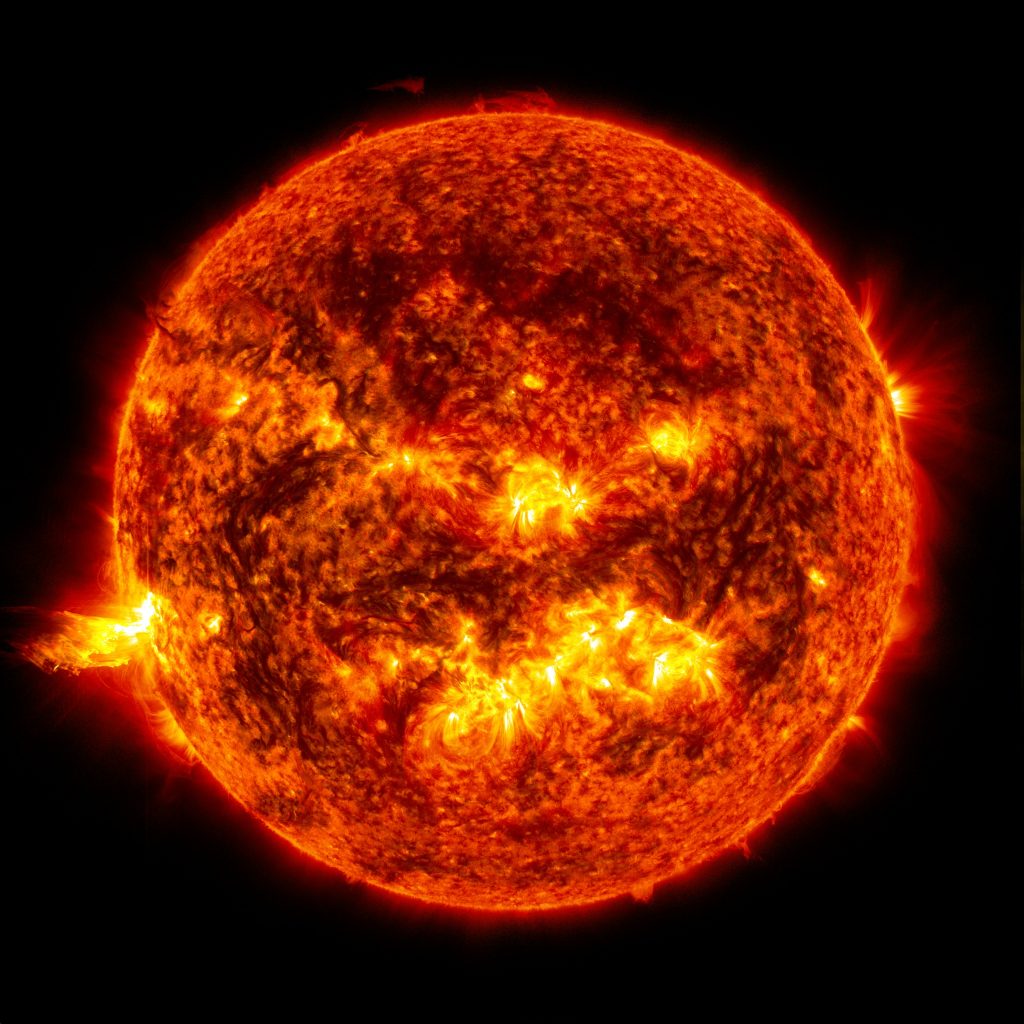The activity of our Sun in the current cycle is developing faster than expected. Instead of the expected peak in July 2025, new forecasts indicate that the solar maximum will come earlier.

Scientists recognize the importance of this phenomenon, since solar activity has a significant impact on our daily lives. Observing the Sun and predicting its cycles helps us prepare for possible consequences.
Scientists Robert Leamon and Scott McIntosh from NASA predict that the peak of the solar cycle will be in the middle or end of 2024, which is much earlier than predicted. This alternative forecast also provides for a doubling of the number of sunspots and solar flares.
Current observations confirm the new forecast, which may indicate potential changes in solar cycles. The discrepancy in predictions is explained by the model used to determine the end of the activity cycle. It lasts 11 years and ends smoothly, so different approaches can lead to different results.
Understanding solar cycles is of great importance because it helps us plan activities to protect technologies, in particular GPS and radio signals, in conditions of increased activity by our luminary.
With the onset of a new maximum, an increase in the number of solar flares is expected. They will require increased attention and control. Scientists may be forced to reconsider their methods of interpreting data about the Sun, since the existing scientific model does not always accurately predict events on its surface.
Earlier we reported on how the Solar Orbiter solved the secret of the hot solar corona.
According to theconversation.com
Follow us on Twitter to get the most interesting space news in time
https://twitter.com/ust_magazine


